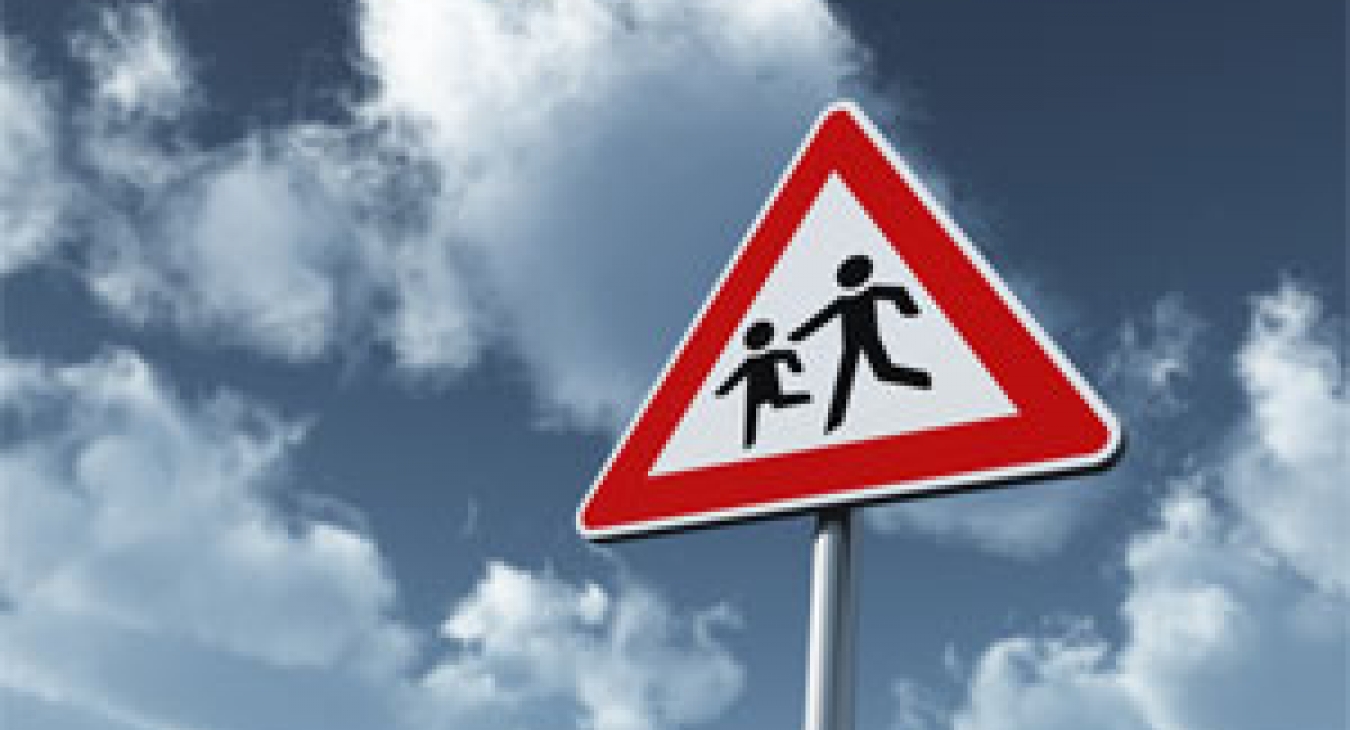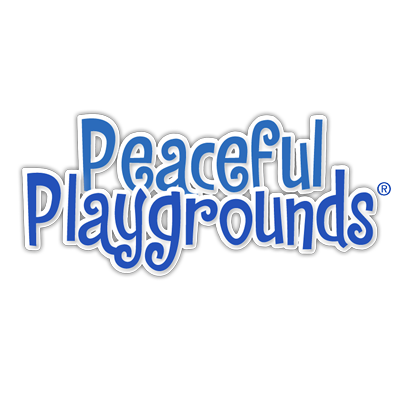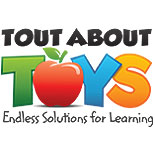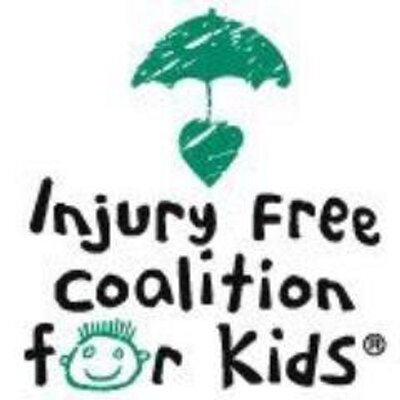Creating the Conditions for Play
I have written previously about my contention that playgrounds and the playground industry have become increasingly out of sync with the needs of children and our communities. It is time we look at ways to make playgrounds more relevant.
To begin that discussion we need to start by establishing what the fundamental conditions that support play are.
At the most basic level, there are really only two things one needs to provide for play to thrive: Choice and Safety. While these words appear simple, we will see that, in this context, they are very complex ideas.
Choice
In general, choice is what the child does naturally; it comes from the intrinsic nature of the child, from their curiosity and organic developmental process. Like horses to water, you can lead a child to a great play space, but you can’t make them play; play can only come from the child.
As we look closely at choice we can see that one quality that supports choice is sheer complexity; that is, the more complex the environment around a child, the more play possibilities that exist. This is one of the reasons that natural settings tend to support play episodes that are longer in duration and exhibit more complex language use and social interaction than playgrounds or home environments.
Another aspect of choice is freedom in that the child can be surrounded by stuff but not be “allowed” to interact with that environment. This phenomenon can be seen in the dynamics of over-protective parents who have literally trained their children not to explore. We know that such children often become very withdrawn and anxious, and their chances of developing to their maximum potential are dim.
Choice also implies a certain level of appropriateness. If the environment is full of things that are the right size, shape, content, etc., then the environment is developmentally rich.
Safety
Whereas choice is in the hands of children, safety is the responsibility of adults. Any environment will have potential hazards that are hidden from the child. Broken glass under the wood chips, a child predator in the neighborhood, a bully on the playground are all issues that parents and society need to assess and manage. Our goal should not, and cannot, be perfect safety. Rather, our goal is to reduce the frequency and severity of accidents. When we go beyond this standard, we become over-protective with all of the negative consequences that follow from that.
It’s not just over-protective parents that limit children’s choices. Architecture, city planning, recreation programing, schooling, and nearly every area of community life in one way or another constrain the child’s freedom. While some of the restrictions are specifically designed to improve safety, many of these restrictions are simply unexamined for their impact on kids. The classic and ubiquitous example of this unintentional impact is typical street design that over the last one hundred years have pushed kids out of their neighborhoods and into the “safety” of their homes and backyards.
Adults need to also be engaged in making decisions about age appropriateness of the elements in the child’s environment. The wildness of an adventure playground is certainly not appropriate for an unsupervised 4 year-old. We need to be careful, however, not to assume that age appropriateness is a neat and tidy thing. Children routinely play both way above and below their chronological age. The push for perfectly age appropriate environments can be clearly seen in the typical child care facilities which are essentially devoid of high level challenge on one hand and “baby-like” toys on the other and thus, while well intentioned, actually do not fully support the full range of play.
The Importance of a Movement
Over the past 200 years, broad-based playground movements have largely determined the function and design of playgrounds. Most recently, the movements to increase safety (ASTM) and access (ADA) lead to the nearly total replacement of all playground equipment across the nation. This mandated upgrade was a huge windfall for playground equipment manufacturers, and they greatly expanded production capacity to meet demand. Now that most playgrounds have been brought up to standard, the market has dropped off dramatically. Add the downturn in the economy and the market for playground apparatus has been further diminished.
The playground equipment companies employ many very smart and dedicated professionals. These folks have already begun making the needed adjustments to their production capacity, and they also know that downsizing is only part of the solution. They also need new concepts to reinvigorate the market. What they may fail to appreciate is that it has rarely been the case that new playground concepts come from the manufacturers. Rather, most changes have been the result of changes that grew out of movements spearheaded by a small group of passionate advocates.
Steps of Change
When we look at the successful movements of the past, we see that they consisted of three phases: education, tools, and infrastructure. As we look out at the current playground trends, we can see that the elements are already beginning to emerge for a new playground movement.
Education
Over the past two decades there has been a rapid acceleration of our understanding of the importance of play in human development. One of the results of this knowledge is that whereas 20 years ago there was a call for increased safety, there is now an appreciation of the role of, and necessity for, challenge. The playgrounds that met the needs of those safety-focused times tended to be neat and sanitary, whereas today many groups are advocating for a return to more natural settings.
For children to have more choices available to them, parents and society need to be less restrictive and more proactive in allowing children more challenge and self-direction … we need to dial back the fear factor. To do that we must communicate to parents the benefits and the facts about the low risk of play.
As in the past for a new paradigm to emerge, those who deeply understand and are passionate about the issues are stepping forward to advocate for change. Individuals such as Richard Louv, Tim Gill, Svane Frode, Mogen Tom Jensen, Paige Johnson, Darell Hammond, Toody Maher, Mike Lanza, Gwen Gordon and many more have been getting the word out and taking action for many years. There is no doubt that passion and expertise exists on which to base a robust movement.
This new movement will be unlike any of those of the past for it will be international. Historically, the various play movements have been started and fostered principally by the USA and EU. But because we now live in a highly connected society, the forthcoming movement will be worldwide.
Tools
Two decades ago speakers and books largely fueled the growth of the movement. While these tools will also be part of the next phase, bringing the message worldwide will be a radically different process due to the impact of social media. An example of this can be seen in Gwen Gordon’s production, Now Playing Worldwide. Over the past year Gwen’s proposal has grown from a short documentary into a multi-episode PBS series. In earlier years such a project would just be a film; Gwen’s concept is, however, that the series will be integral to a robust multi-channel platform. Or as she puts it, “The series is the trailer for the movement.”
There are now at least a dozen websites and blogs dedicated to fostering play in nature. I foresee a time within the next four or five years where the information and message of these advocates will be brought together to form the basis for the physical transformation of playspaces across the globe. Recently, Skype and Google Plus and other platforms for virtual collaboration have become very accessible either free or at very little cost. A “Natural Play Collaborative Workshop” could easily be organized to begin the consolidation of all knowledge on nature play. Such a collaboration allows for deep and practical information on everything from the issues of edible landscaping in schools to the best ways of providing water play in public settings. As it is now, each project has to search out or reinvent every solution, which prevents the movement from scaling and becoming ubiquitous.
Infrastructure
As the movement begins to gain momentum, there will be a need for supportive infrastructure. In the past safety and access movements, that infrastructure was provided by ASTM Standards as well as state and federal laws. While these addressed the issues, as they were perceived at the time, we now realize that this legalistic approach is less than ideal as it prevents the flexibility needed to adapt to new insights, innovations, and technologies. The new movement must learn from this past experience and find ways to implement best practices without writing them into law.
It is important to realize that for significant changes to occur on playgrounds, for them to look and function in new ways, the existing infrastructure will have to be addressed and updated. There have already been some movements in this direction. For example, in 2008 the European standard EN1176 was revised. Here’s a note I got from Mogen’s Tom Jensen regarding that change:
The 2008 revision of EN1176 seems to have created the platform for a significant shift of paradigm in that admissions to the necessity for being introduced to risk, the inherent risk in play, that accidents still exist and do happen, broken bones and the nonsense of comparing safety at work with safety at play, etc.
If you take a closer look at the European manufacturers web-sites, its clear that the standard itself is a lesser problem for designs and challenges provided, than the self-induced censorship by playground owners, “just to be on the safe side,” eagerly supported by playground inspectors without any idea about play but equipped with a measuring stick and a check list!
It would be very interesting to consider what would happen if public agencies here in the States would begin to accept the EN1176 as equivalent to ASTM. Not only would this allow for the importation of some very interesting new play apparatus, but it would also allow an escape hatch for US companies to create new equipment outside the straight jacket of the ASTM Standard. Such a change could provide a significant boost to this industry.
Safety and Choice
We started this discussion talking about the role of safety and choice as being the fundamental conditions for play. More choice for kids will come more from educating parents and society about the need for play than by any new innovations in playground equipment and design.
Improving safety can take many forms. For example, using mobile technology and social media to monitor children, can be both non-invasive and very effective thus allowing children more free roaming in their neighborhoods. A discussion of safety can also be part of the whole consciousness raising process whereby we take a critical look at our assumptions. For example, a sport-related injury is looked on as just a part of the game, but the same injury on the playground is to be somehow prevented by laws and standards.
The goal of the new playground movement should be to increase children’s play choices and taking a broader, and more effective, approach to safety. The steps needed to achieve this are: 1) get the word out, 2) provide ready access to best practices and core information, and 3) leverage the existing successes and social media.
Comments1




















New Play Equipment and Opportunites
Great Article Jay, right on point. Not only do i agree with your main statements, in my offerings of Music Instruments for playgrounds, i have developed Everybody Plays Music by Color, where all, young and old can immediately play the children's songs displayed, giving an educational as well as play experience. I find many children, for many different reasons, are not attracted to a traditional component playground system and are looking for more choices during their recreation time. Music is not only a great addition to a playground setting , the benefits to a child's learning skills are tremendous and well documented. For those who are interested in learning more, visit our website www.chimescompany.com. We offer more music instruments for playgrounds, bit exterior and interior than any company in the world.
Keep up the good work
George Laibe
480 575 1477
Add new comment